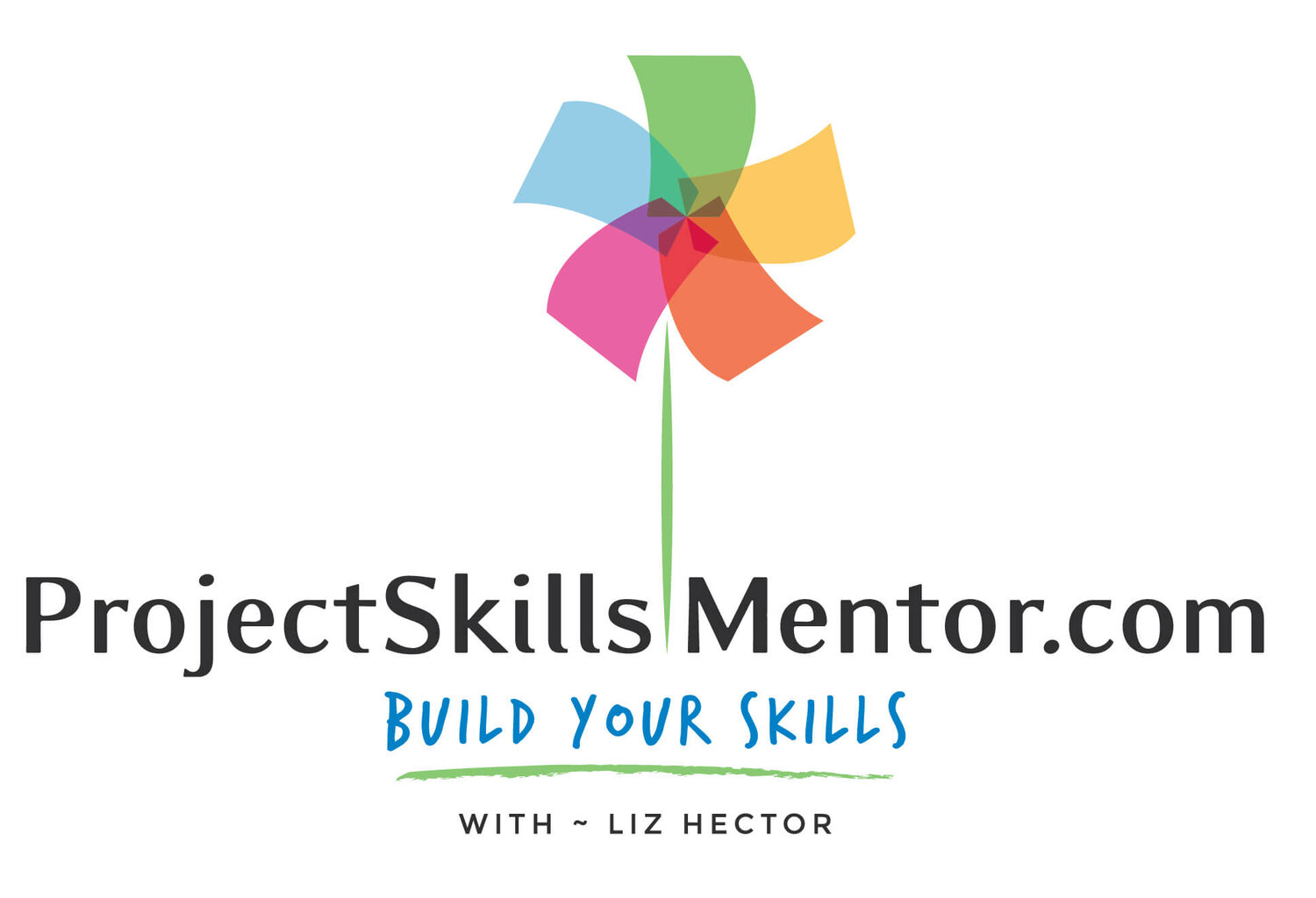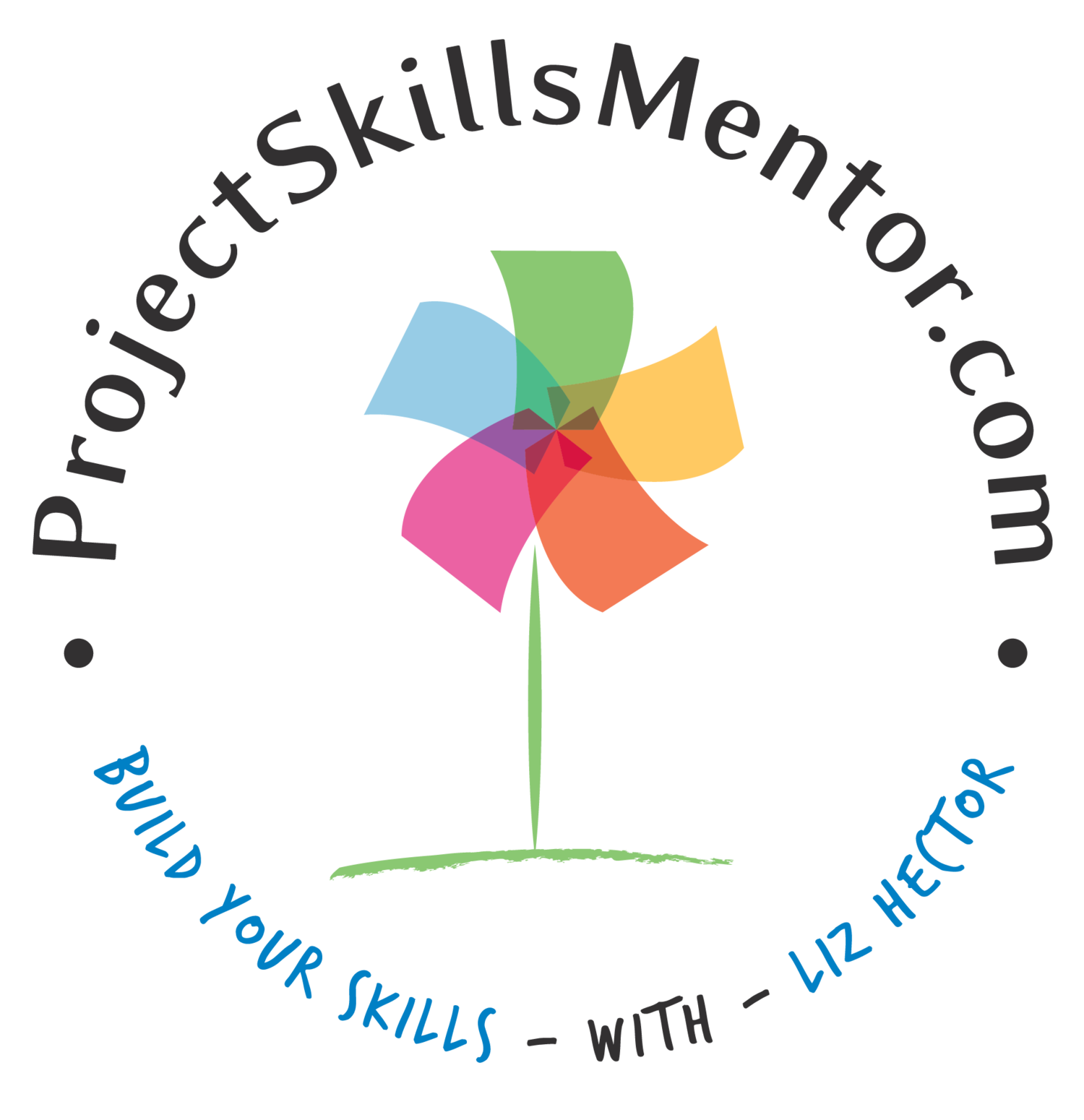Mastering the User Journey: How Top Brands Win Customers with Emotion & Experience
Implementing effective user journey mapping is crucial for project managers, teams, and UI/UX professionals aiming to enhance customer experiences and drive business success. Let's find the common thread to understanding successful user journeys.
Then, let’s review use cases to highlight how these approaches can be implemented.
Common Strategies for Impactful User Journeys
Focusing on the Person
Improving Journey Moments
Tapping into Emotions
Common Elements in Successful User Journey Implementations
Focusing on the Person
source: Uber.com
Successful companies invest time in developing detailed user personas to represent their target audience. However, game-changers realize that the user persona is not a concept. Ultimately, it is a real person with needs, like someone trying to get home at the end of the day.
Enter Uber. This 'taxi disrupter' identifies two primary personas: passengers seeking seamless rides and drivers desiring flexibility and supplemental income. This clarity enables tailored experiences for each user group. Uber focuses on the actions and emotions of both of these personas.
Experience Analysis is drawn upon feedback from Uber's Customers at each stage of the journey.
Improving Journey Moments
source: Amazon.com
Every journey map shows customer interactions. Called touchpoints in journey mapping. The best companies consider these moments. They consider them important opportunities beyond answering a question or meeting a need. They want to make their customer happy. Brands that identify and enhance critical touchpoints generally win in the hearts and minds of their users.
Amazon employs sophisticated technology to guide customers through their sales journey, ensuring each interaction is optimized for engagement and conversion. Have you noticed that Amazon makes it easy for customers to upload their product review videos? This is just one way to increase the sense of ownership in the journey (and it allows savvy customers to make money from sharing their product insights).
Using this approach, Amazon blurs the lines between buyer and seller, generating new loyalty to the brand.
Millions of customers on Amazon use video to discover products, research, and make purchase decisions every day.
Tapping into Emotions
Source: DisneyResearch
Both Amazon and Uber focus on the emotions they evoke. However, neither taps into emotions like the Disney brand.
Disney masterfully integrates emotions into its user experiences, leveraging nostalgia, storytelling, and immersive environments to create deep emotional connections with audiences. Disney ensures memorable and meaningful interactions across its parks, films, and digital platforms by engaging users' senses and evoking joy, wonder, and sentimentality.
One key example is Disney's theme parks, which use emotional design to enhance the guest experience. When visitors enter, they are immersed in a world carefully designed to evoke awe and nostalgia. You likely know that Disney considers everything, from the color and scale of the buildings to the sounds and smells that greet visitors.
By tapping into emotions, Disney fosters long-term loyalty and transforms ordinary moments into magical experiences.
Whatever you do, do it well. Do it so well that when people see you do it, they will want to come back and see you do it again, and they will want to bring others and show them how well you do what you do.
- Walt Disney
User Journey Case Study Lessons Learned
Case Studies are not just good examples. Review them for points you can use. Even if your business or product is completely different, find a way to discover lessons learned. Using out-of-the-box examples can give you the inspiration you need to innovate your team's thinking.
Spotify: Enhancing Music Sharing Experience
Use Case: Spotify aimed to improve its music-sharing feature to increase user engagement.
Approach: The company developed a customer journey map detailing the user experience, from opening the app to sharing music. This map included user actions, thoughts, and emotions at each stage. By analyzing these touchpoints, Spotify identified pain points hindering the sharing experience.
Key Take Aways:
Focus on Specific Features: Concentrate on particular aspects of the user journey to target improvements.
Emphasize User Emotions: Understanding users' feelings at each stage helps identify and mitigate negative experiences.
Actionable Insights:
Gather qualitative data through user interviews and surveys to understand user emotions and behaviors.
Implement changes based on insights and continuously test to ensure enhancements meet user needs.
Starbucks: Elevating In-Store Customer Experience
Use Case: Starbucks aimed to enhance the in-store customer experience to increase satisfaction and loyalty.
Approach: The company conducted a comprehensive customer journey mapping initiative to identify pain points in the in-store experience. This included analyzing customer interactions from entering the store to receiving their order.
Key Takeaways:
Thoroughly examine each step of the customer journey and uncover subtle pain points.
Empower staff to understand the customer journey and enhance service delivery in the moment.
Actionable Insights:
Use customer feedback to identify improvement areas.
Train employees on the importance of each touchpoint to ensure a consistent and positive customer experience.
Leveraging Ideas for Your User Experience
Implementing effective user journey mapping is crucial for enhancing customer experiences and achieving business success. Make your project's product a unique success story that inspires and motivates your team to create the best user outcome.
Develop Detailed User Personas
Gather data through user interviews, surveys, and analytics to create comprehensive personas. This insight will guide design and development decisions. Ensuring the product meets user needs.
Always check your persona with real users (those impacted by the solution). If it doesn't resonate, rework it until it does.
Map and Analyze Customer Touchpoints
Create a visual representation of the customer journey to identify key touchpoints. Assess the effectiveness of each interaction and look for opportunities to enhance the user experience.
But go further, ask your team and customers to look for untapped ideas and ways to extend the relationship with the brand and product. Consider how changes in your user's 'world' could create symbiotic relationships.
Implement a Feedback Loop
Even perfect ideas don't stay perfect. Things change, and so do your users' needs and expectations.
Look deeper. Establish channels for continuous user feedback, such as user groups. Always check in with real customers. Have a conversation and listen to their feedback. Use this information to make iterative improvements to the product or service. When you do, show your customer the improvement. Then, ask for feedback again. Stay agile and flexible. Move quickly when new information presents an opportunity to improve the customer experience.
Implementing effective user journey mapping is crucial for enhancing customer experiences and achieving business success. Make your project's product a unique success story that inspires and motivates your team to create the best user outcome.
Not sure how to start creating a User Journey? Find out here.





